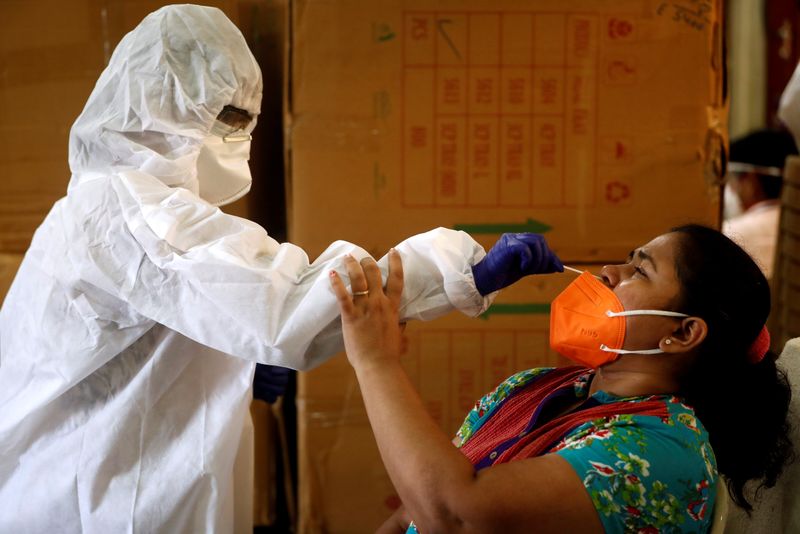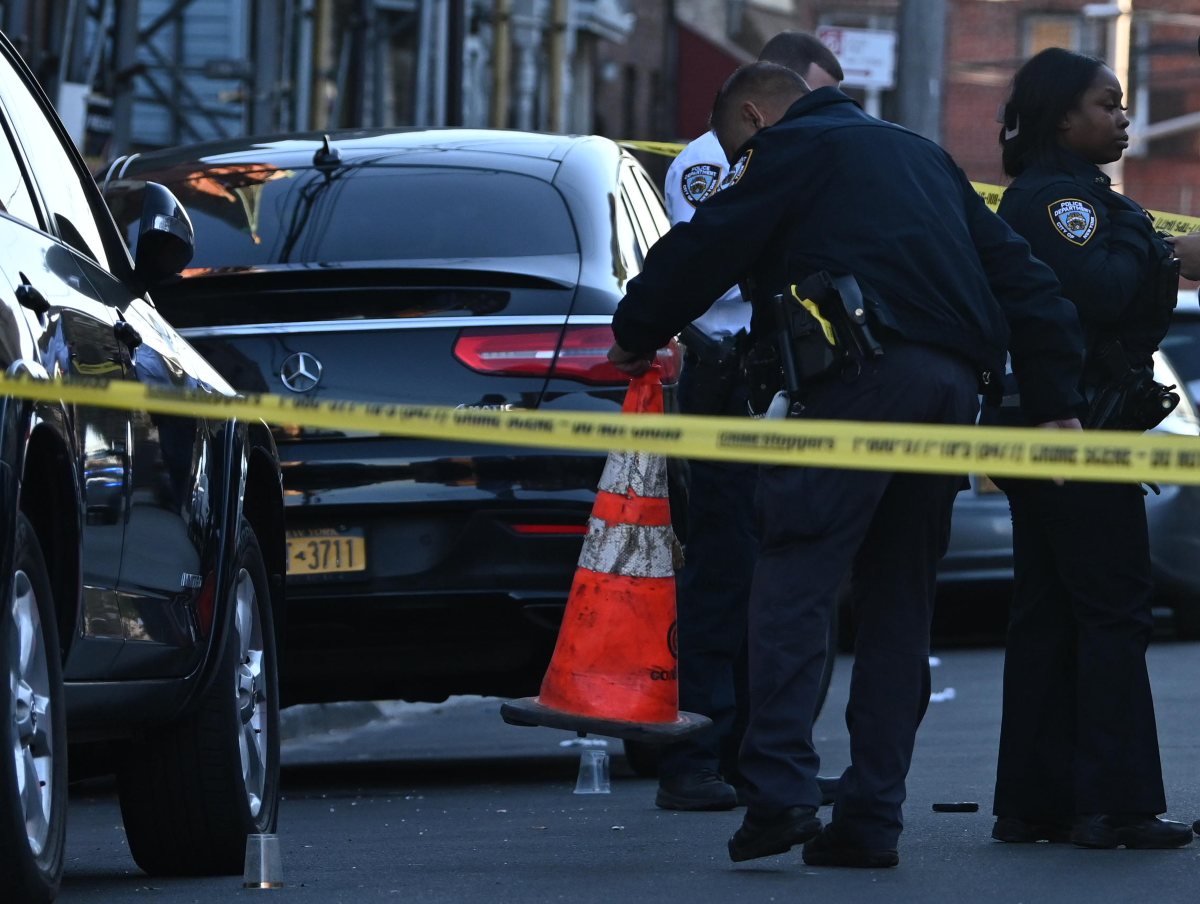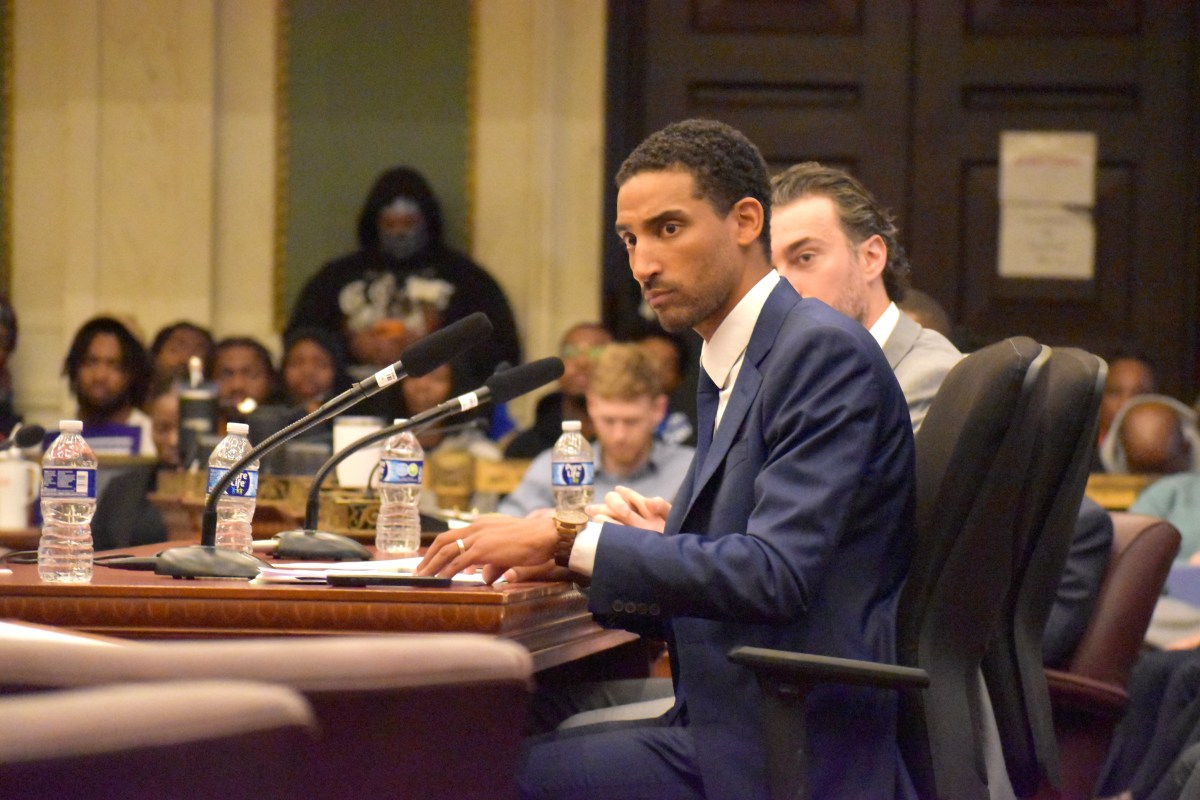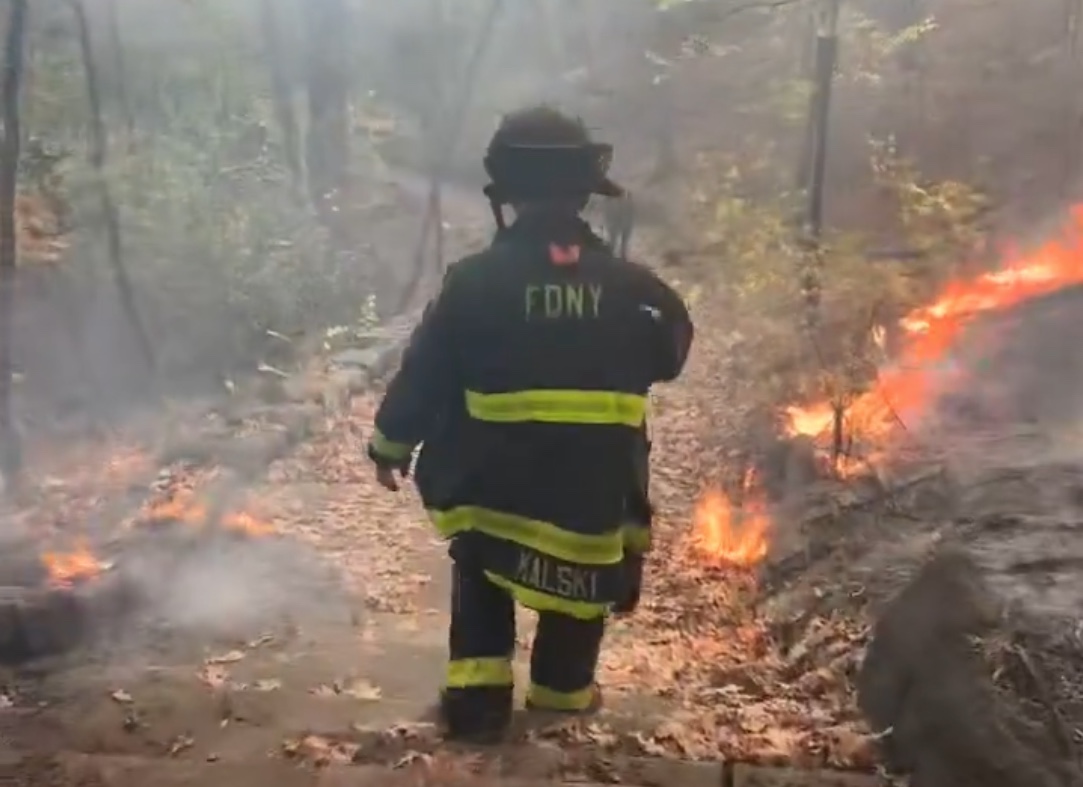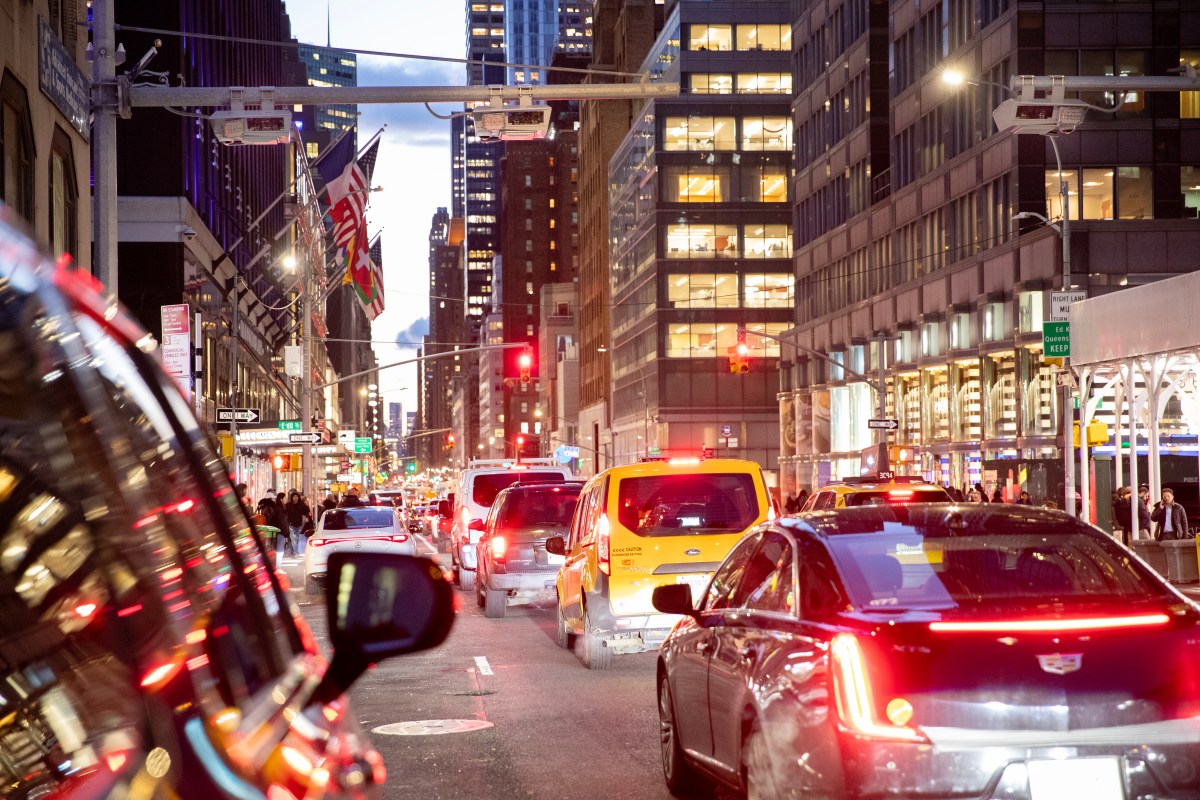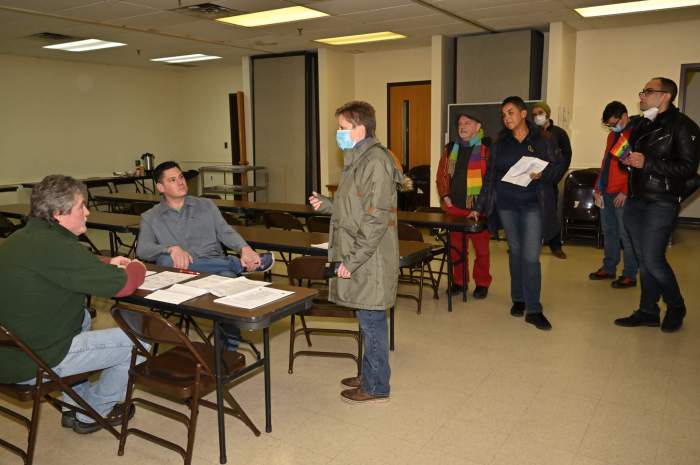MUMBAI (Reuters) – Oxygen supply has grown scarce in some parts of India hard hit by coronavirus, hospital and local government officials said, as India reported a record daily jump in cases for a second consecutive day, logging 97,570 new infections on Saturday.
With total cases of more than 4.65 million, India is the world’s second worst affected country, trailing only the United States, which has more than 6.4 million cases.
Total COVID-19 deaths stood at 77,472, putting India in third place in a ranking of countries’ fatalities. But the growth in infections in India is faster than anywhere else in the world, as cases surge through urban and rural areas.
The western state of Maharashtra has been particularly hard-hit, with total confirmed cases breaching the 1 million mark late on Friday, making it the first state or province anywhere in the world to cross that mark.
If the state, which is India’s richest, were a country, it would rival Russia for the fourth highest number of coronavirus cases globally.
In some parts of the state, medical oxygen was becoming hard to find. Dr Amit Thadhani, Medical Director of Niramaya Hospitals in Panvel, a suburb of India’s financial capital Mumbai, said the shortage in his area was acute.
“The problem is that the filling stations are themselves not getting supply of oxygen from the manufacturers. Supplies are extremely limited,” Thadhani said.
“If we ask for 50 cylinders, we may get about 5 to 7.”
An official from the Navi Mumbai Municipal Corporation in a neighbouring suburb said they had received reports from multiple hospitals about dwindling oxygen supplies and made requests to state authorities. “Demand has risen in last few day because of rising cases,” the official said.
The Corporation’s commissioner Abhijit Bangar was not immediately available for comment.
Government officials and experts said the unabated rise in cases in Maharashtra and other parts of the country were likely a result of economic activity restarting, local festivals and lockdown fatigue.
“I am so disappointed with the pandemic situation in India,” Bhramar Mukherjee, a professor of biostatistics and epidemiology at the University of Michigan, who has been tracking India’s COVID situation closely, said on Twitter.
“It is getting worse and worse each week but a large part of the nation seems to have made the choice to ignore this crisis,” she said.
(Additional reporting and writing by Devjyot Ghoshal; Editing by Edwina Gibbs, William Maclean)

